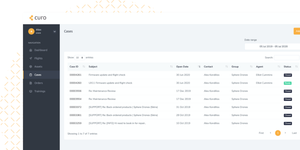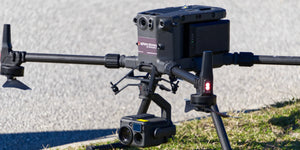What is pipe and sewer inspections?
When it comes to pipes and sewer systems that are always underwater divers are often required as draining isn't an option. This results in a substantial amount of set up time and the need for extra safety equipment for the divers, not to mention placing the divers in a dangerous environment. Subsea ROVs are the perfect solution to this removing the need for extra equipment and improving the safety of inspection operations.
How do pipe and sewer inspections work?
- A subsea ROV is lowered into the pipe or sewer system. The operator then turns it on and views the camera from the display.
- The subsea ROV is then piloted, inspecting every centimetre of the pipe or sewer system, taking photos, and recording footage to be inspected afterwards.
- The subsea ROV is then taken out, washed off, and packed away for next time.
Benefits of using subsea ROVs
- Divers are no longer required to enter dangerous areas and confined spaces.
- Areas that aren't accessible to humans can now be inspected with ease, ensuring a more thorough inspection is done.
- Multiple subsea ROVs can be deployed at the same time to increase efficiency.
- As subsea ROVs are tethered they can operate for hours at a time thanks to the tether, compared to divers that rely on a source of air.
Source: Deep Trekker



















